Into the Laboratory

HKDI’s new Media Lab is a platform where students can interact with the latest technology; a hub for exploring new ideas and finding new solutions
In recent decades, the media lab has become one of the most important drivers of innovation in the way we produce, share and consume information. Looking at the global context in which Media Labs operate, 2017 has been a massive year for technology. Tech fans have been given much to enjoy, from 360-degree cameras appearing on the consumer market like never before, to Microsoft’s groundbreaking venture into mixed reality, which blends Virtual Reality (VR) and augmented reality (AR) technology. According to Fountry, a creative software technology design company, “Mixed reality is an overlay of synthetic content on the real world that is anchored to and interacts with the real world.” Imagine pointing to your fridge and having a grocery list and recipe book pop up based on what’s inside. Video content can be made to pop up alongside museum displays, or a talking head can appear and deliver extra context alongside any text the user looks at while using a VR headset.
Virtual reality devices have become more accessible due to the efforts of technology giants such as Samsung and Google, each of which has launched their own product. Samsung’s VR headsets and Google’s Cardboard, which blends your phone’s high-tech screen with super-affordable low-tech accessories made from folded card, have made costly VR equipment obsolete to all but the most demanding consumers. Anyone can now choose to access one of countless VR experiences at a tiny cost. And this brings to light a peculiar phenomenon; the explosion of new technology, despite its obvious merits, has not been accompanied by same frenzy of press that announced the first iPhone to be “game changing”. This indicates the skill with which designers in media labs around the world have been able to blend their designs into everyday life, to the extent that they often go unremarked upon.
The potential for innovation that media labs deliver is immense. The opportunities such labs bring are unpredictable and increasing all the time. The social networks Snapchat and Facebook are both set to launch AR art platforms in real-world locations in 2018, a race has developed between social media companies to incorporate ever more AR entertainment into their users’ experience. Instagram has emulated features from Snapchat and Facebook has borrowed features from Instagram. The pressure to innovate, to be the first among the competition to deliver new features and to avoid being left behind by delivering homegrown versions of competitors’ popular features, has propelled the development of new media technology at an accelerating rate.
Tech developed in media labs around the world has more practical applications too. Tech giants and startups alike have been quick to realise the educational potential of immersive VR and AR environments. For example, the Los Angeles startup Giblib is using 360-degree live video of medical procedures to teach surgery to medical students. Dubbed “The Netflix of surgical education”, Giblib allows students to feel as if they are in the room while surgery takes place. Wearing a VR headset, students can pan around the operating theatre and focus on whatever details are most pertinent to their individual studies.
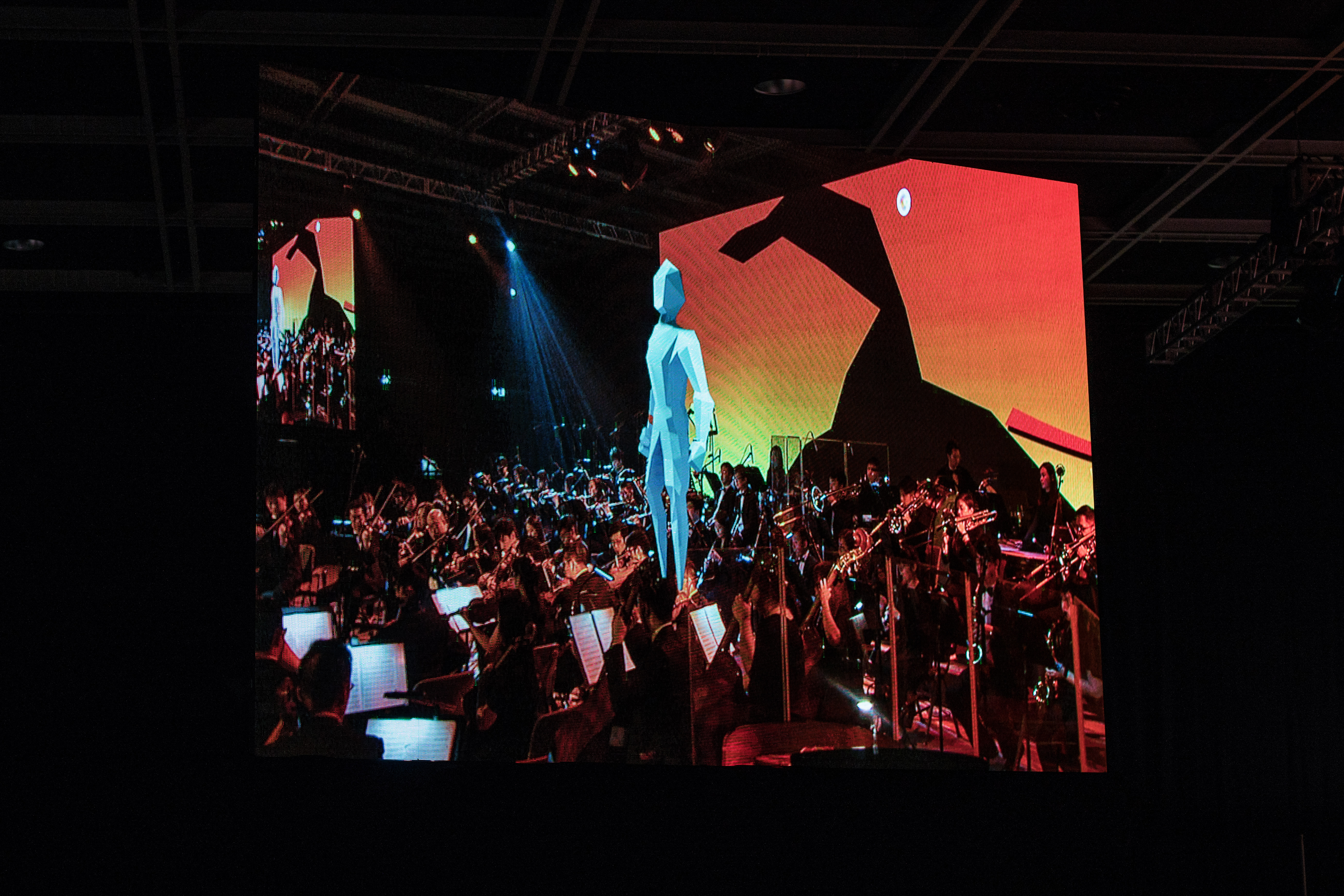
|
So, it is clear that media labs have become the 21st century’s leading technology pioneers. The media lab at Massachusetts Institute of Technology (MIT) is now in its fourth decade. This lab focuses on how “Humans experience and can be aided by technology.” The MIT lab has been examining the, currently quite primitive, state of VR avatars - which are a potential obstacle to delivering immersive, relatable VR experiences to users. The lab has developed “Bio-signal sensors” that detect the user’s emotional state so it can be communicated via expressive avatars called Emotional Beasts. Through careful iteration and development of Emotional Beasts, the MIT team has pulled the VR avatar out of the uncanny valley and made VR more believable and more relatable. And now, a new Media Lab is opening at HKDI. What sets the lab at HKDI apart from its peers, is a focus on technology that is down-to-Earth and that will be useful in everyday life. A great example of this ethos is the conductive paint project developed at the HKDI Media Lab by an exchange student from from ECAL (Ecole Cantonale d’Art de Lausanne). As its name suggests, conductive paint is able to carry an electrical current and can be applied to almost any surface; wood, metal, fabric, even paper. The project aims to capture all the user’s senses; imagine a menu printed with conductive paint that can bring up a display of nutritional information when you run your finger over a listed item. Or how about a place-mat at an upscale restaurant that, when lightly tapped with a finger, can display a world map complete with information on the provenance of all the ingredients in your mushroom risotto? |
The incorporation of all these features in everyday life is not meant to be gimmicky, but rather a real enhancement of your dining experience. This goal reflects a desire expressed by Olivia Yip, HKDI lecturer and the Media Lab’s Associate Director, for her students, “When they’re good enough as a designer, when we place technology in our everyday lives, the goal is for it to become seamless.” The tech should be unseen. She likens this to the invention of the iPhone which, once hailed as a revolutionary device, is now seen as just another smartphone among the many available on the market. Sure, you can use it to shoot a film or write a novel, it can act as your personal assistant and lets you video chat with anyone anywhere in the world at any time. But Yip believes that the smartphone has become so embedded in everyday life that it is no-longer seen as a piece of technology, but as an extension of the self. She adds, “Your iPhone is half your brain. Without it, you wouldn’t even know which class to go to next!” As part of another project, Media Lab students are researching the application of virtual reality (VR) experiences in cinema. Yip notes that “We have a strong feeling that films are currently such a passive experience; in a world saturated with visual stimuli, movies are not as exciting as they once were. So, finding ways to capture the curiosity of the audience has become a really big and exciting thing for our students to explore.” The project aims to explore the application of VR technology in the future of cinema in order to engage new audiences in immersive environments within a cinematic narrative. The research at HKDI centres around developing cordless technology that will allow multiple VR users to occupy a single virtual environment while interacting with realistic VR objects. |
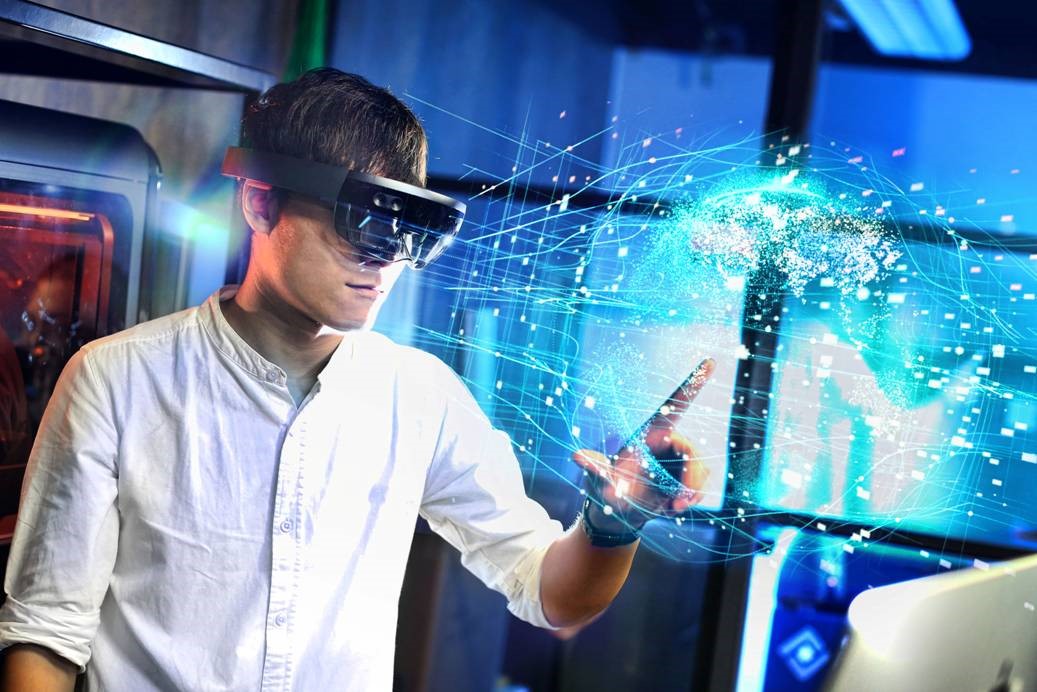
|
With online streaming services eating away at the market share of traditional cinema, film producers have long looked for ways to entice people back into movie theatres. HKDI Media Lab aims to develop an unpredictable new type of experience that far exceeds that of gimmicky 3D cinema. In its current form, the project allows users to step into scenes from an archive of clips from the Hong Kong movie industry and, rather than passively watch, experience the movie from the point of view of the protagonist. The real challenge for the future is designing this experience to feel as seamless as possible. Whether this research will result in the development of new technologies that will eventually reach mainstream use remains to be seen. For now, we can only speculate over what will be the next big thing in new media. But there’s a good chance that it will emerge from HKDI’s Media Lab, where the students’ potential is limited only by their imaginations! |
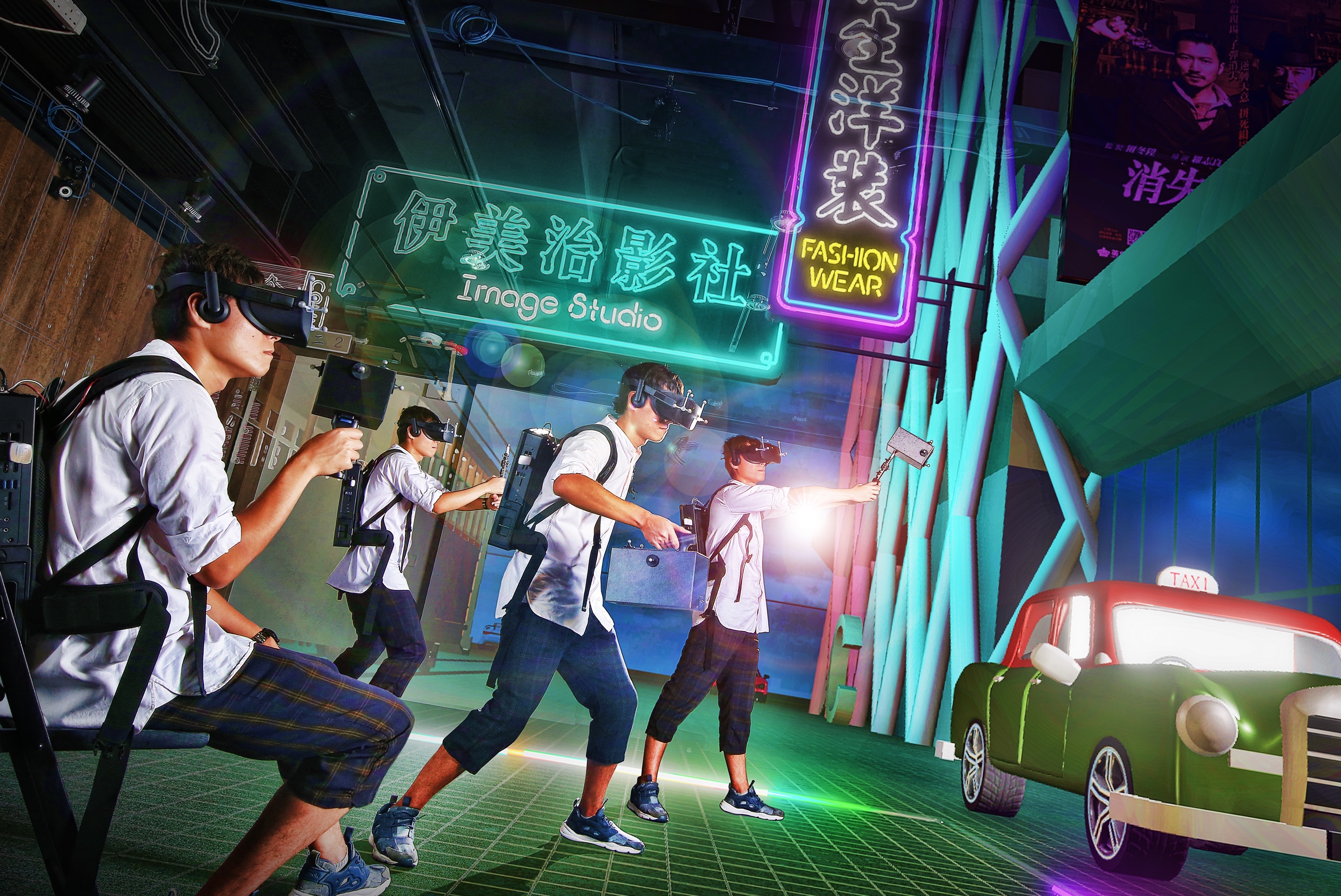
|
Others
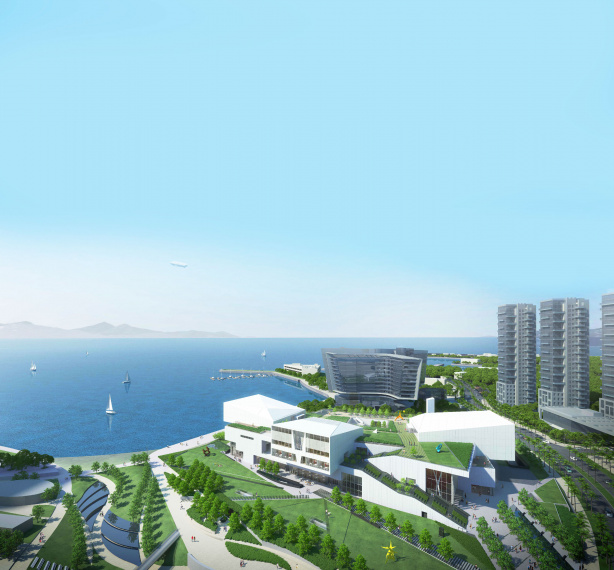
Latest News | 1 March 2018
Exporting Shenzhen’s design culture
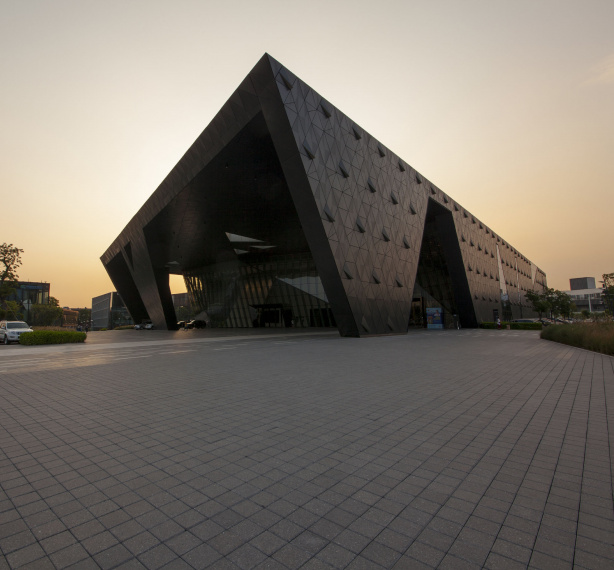
Latest News | 1 March 2018
Shenzhen’s Shifting Fortunes
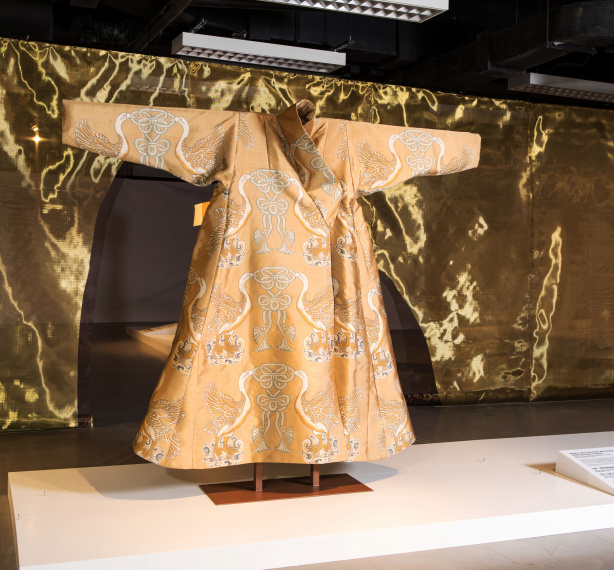
Latest News | 1 March 2018
In Praise of Silk: Fashion from China National Silk Museum Across Time
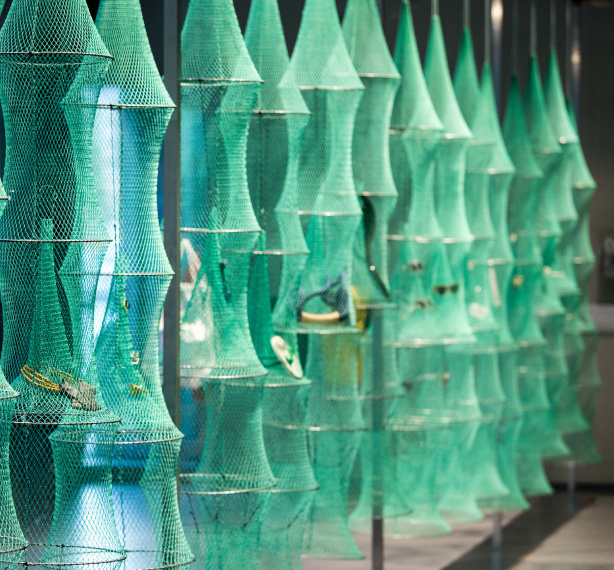
Latest News | 1 March 2018
KEEP WATCH-ING

Latest News | 1 March 2018
Different Paths

Latest News | 1 March 2018
Are you working well?
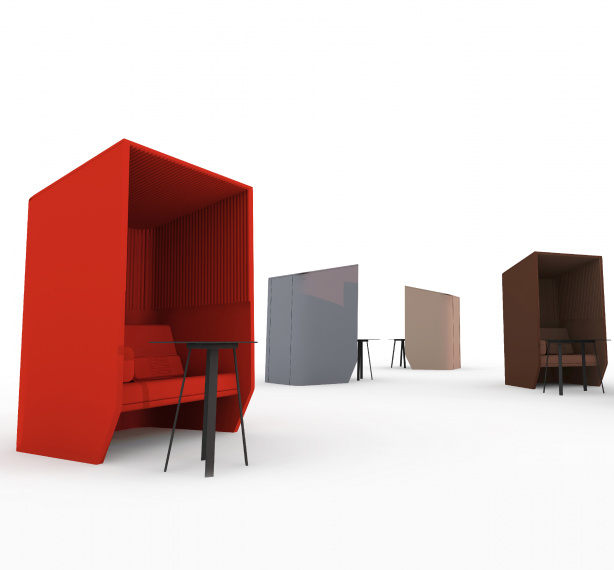
Latest News | 1 March 2018
Adventures in Space

Latest News | 1 March 2018
The Chain
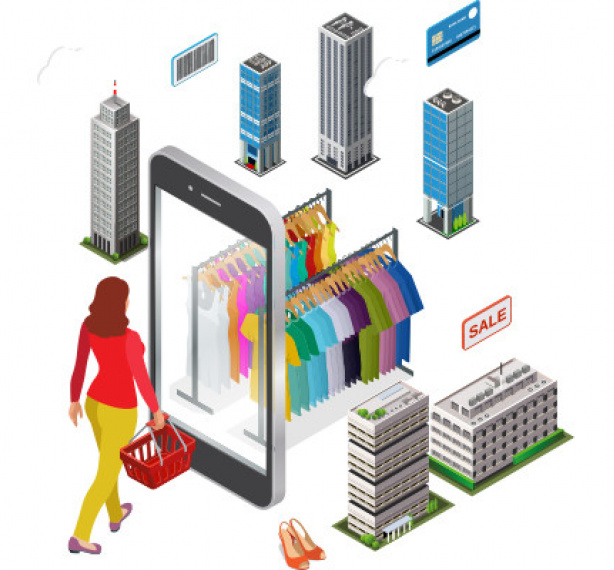
Latest News | 1 March 2018
Future-facing Retail
